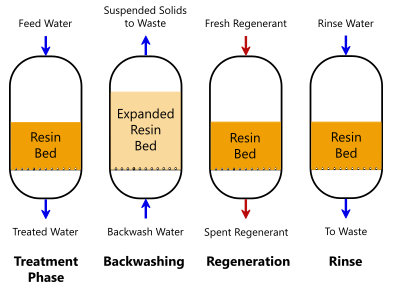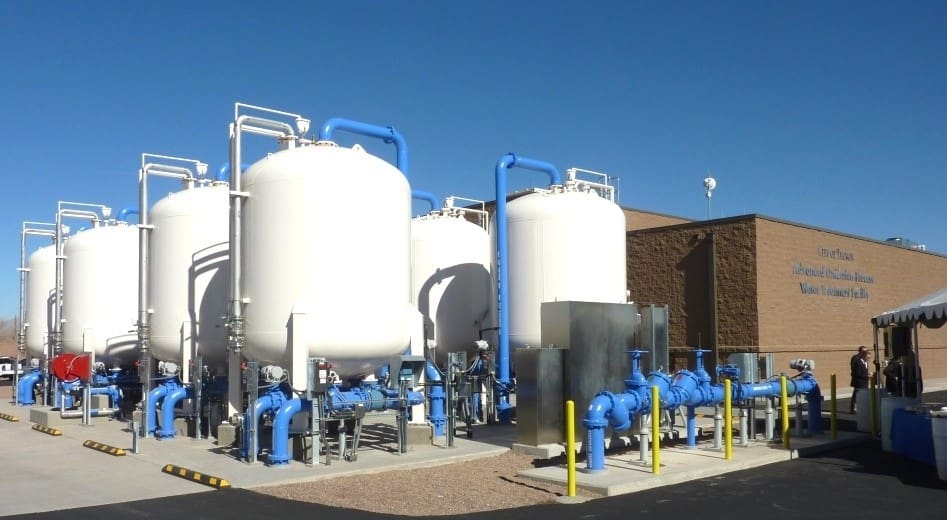The Complete Guide to Effective PFAS Treatment for Soil Contamination
Advanced Techniques for Reliable PFAS Contamination Elimination
The consistent difficulty of PFAS contamination necessitates the exploration of sophisticated removal approaches that can efficiently attend to these harmful materials. Cutting-edge technologies, such as innovative oxidation procedures and different adsorption methods, have emerged as encouraging remedies in mitigating PFAS from impacted environments.
Comprehending PFAS Features
Although per- and polyfluoroalkyl materials (PFAS) have been widely made use of in numerous industrial and consumer products because of their distinct buildings, their determination in the atmosphere poses substantial difficulties to public health and safety and security. PFAS are a team of synthetic chemicals defined by a carbon-fluorine bond, among the toughest chemical bonds known, which adds to their phenomenal security and resistance to destruction. This security permits PFAS to gather in the environment and living microorganisms, leading to possible adverse health results.
The hydrophobic and oleophobic nature of PFAS makes them especially efficient in applications such as non-stick layers, stain-resistant textiles, and firefighting foams. Nevertheless, these very same homes add to their environmental determination, as PFAS do not quickly damage down with natural processes. Their prevalent use has led to common contamination of water resources and dirts, complicating remediation efforts. Understanding the chemical homes of PFAS is crucial for developing efficient methods to take care of and mitigate their environmental effect. The special features of these substances require a nuanced technique to attend to the obstacles postured by their presence in communities and possible human direct exposure.
Innovative Removal Technologies
The perseverance of PFAS in the setting has spurred the development of innovative removal innovations focused on properly removing these pollutants from impacted ecological communities. Amongst the most encouraging approaches are sophisticated oxidation processes (AOPs), which utilize effective oxidants to damage down PFAS compounds into much less unsafe compounds. AOPs can be tailored to target specific PFAS frameworks, improving their efficacy.
One more emerging modern technology is making use of adsorption media, such as activated carbon and ion exchange materials, which can precisely capture PFAS from infected water. These products have actually shown significant elimination efficiencies, although periodic replacement and regrowth are essential to preserve performance.
Membrane filtering methods, including reverse osmosis and nanofiltration, are likewise acquiring grip in PFAS remediation. These approaches can successfully separate PFAS from water, supplying a viable option for dealing with polluted sources. Furthermore, thermal treatment techniques, such as incineration, can decompose PFAS into safe by-products, though they require mindful management to regulate discharges.
Jointly, these innovative removal technologies stand for significant innovations in the continuous battle against PFAS contamination, supplying various techniques to restore damaged environments and safeguard public wellness.

Bioremediation Methods
Bioremediation methods provide an encouraging technique to dealing with PFAS contamination by using the natural capacities of microorganisms to weaken these consistent substances (m270 waste management). This technique entails the use of bacteria, fungi, and various other microbes that can metabolize or change PFAS compounds right into much less dangerous by-products
Recent improvements in molecular biology and ecological microbiology have boosted our understanding of microbial communities and their prospective duties in PFAS degradation. Scientists are proactively exploring particular strains of germs, such as Pseudomonas and Bacillus, which have actually shown the ability to break down particular PFAS compounds.
In situ bioremediation methods, where microorganisms are promoted straight in contaminated environments, can be especially reliable. This strategy typically entails the application of nutrients or electron donors to promote microbial growth and task. Furthermore, ex-spouse situ techniques, such as bioreactors, enable controlled problems that can enhance deterioration prices.
In spite of the pledge of bioremediation, obstacles continue to be, consisting of the intricate nature of PFAS compounds and the need for substantial area screening - find more info m270 waste management. Proceeded study and growth will certainly be essential to refine these techniques and examine their performance in varied ecological contexts
Adsorption and Purification Approaches
Resolving PFAS contamination often entails using adsorption and purification approaches, which are made to get rid of these relentless chemicals from water and soil. Among the various techniques, activated carbon adsorption is widely utilized due to its high area and porosity, enabling reliable capturing of PFAS molecules. Granular activated carbon (GAC) systems are particularly favored for dealing with huge quantities of polluted water, while powdered activated carbon (PAC) can be made use of for smaller-scale applications.
Ion exchange materials likewise show guarantee in PFAS elimination, operating by exchanging PFAS ions with less hazardous ions in the water. This method has actually shown effectiveness in concentrating PFAS substances, promoting their subsequent elimination. Furthermore, membrane filtration strategies, such as reverse osmosis and nanofiltration, run by utilizing semi-permeable membrane layers to different PFAS from water, successfully decreasing their focus.
While these techniques are efficient, they must be meticulously chosen based on the certain PFAS compounds existing and the environmental context. Continual developments in materials scientific research and engineering are causing the growth of novel adsorbents and filtering systems that enhance elimination efficiencies and minimize functional expenses, thereby enhancing general removal initiatives.
Regulatory and Plan Considerations
Just how can effective regulative frameworks boost the administration of PFAS contamination? Thorough policies are crucial to guarantee a worked with and robust reaction to the obstacles presented by per- and polyfluoroalkyl materials (PFAS) Regulations can establish clear standards for surveillance, reporting, and remediating PFAS-contaminated sites, fostering responsibility amongst industries and public entities. (m270 waste management)

Furthermore, financial rewards and grants can be integrated into policies to urge the fostering of advanced removal innovations. Policymakers ought to also prioritize study and development, making sure that emerging approaches for PFAS removal are confirmed and applied effectively.
Furthermore, public understanding and interaction are essential components of any regulatory technique, equipping neighborhoods to promote for their health and wellness. Eventually, a well-structured regulative atmosphere will certainly not just read boost the monitoring of PFAS go contamination yet likewise advertise sustainable practices that safeguard future generations.
Conclusion
In summary, the complexity of PFAS contamination demands the adoption of innovative remediation approaches. Proceeded study and development in this field continue to be important to resolving the difficulties postured by PFAS contamination.